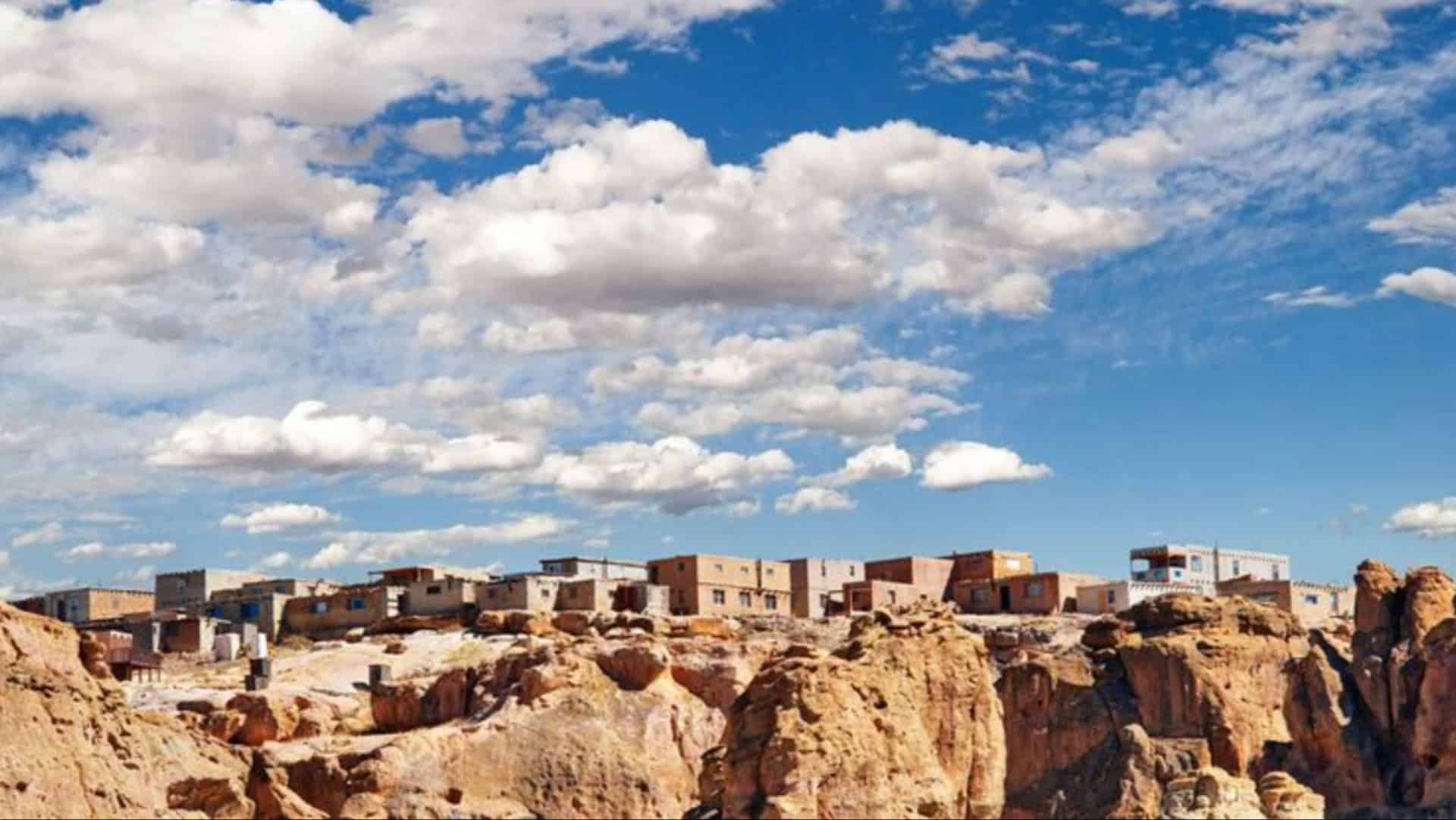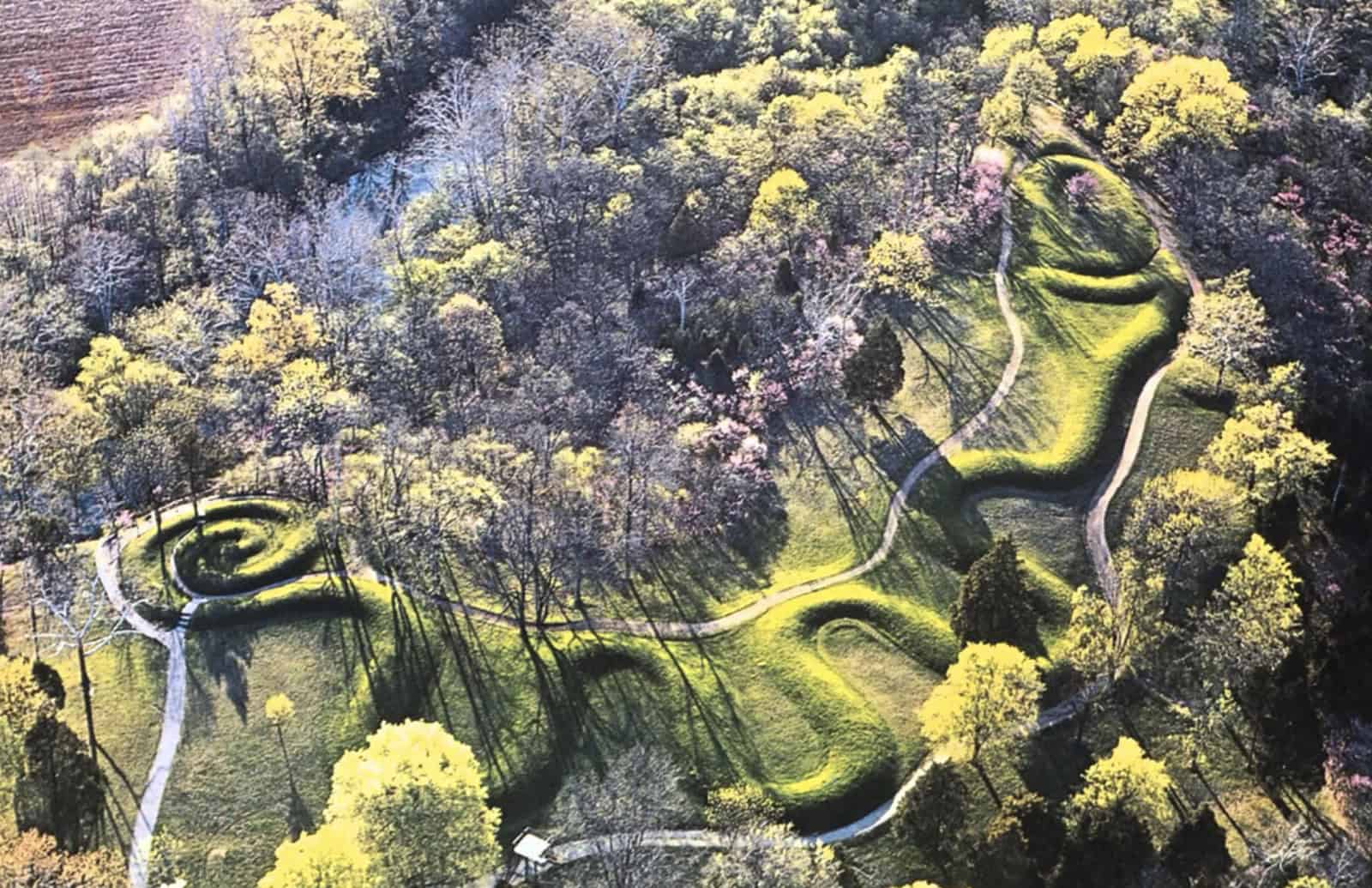Native American architecture offers a unique glimpse into the rich cultural heritage of various indigenous tribes across the continent.
These structures not only demonstrate ingenious architectural techniques but also reflect the social and spiritual lives of the communities.
In this blog post, we explore six hidden gems of Native American architecture that have historical significance and cultural importance.
1. Acoma Sky City
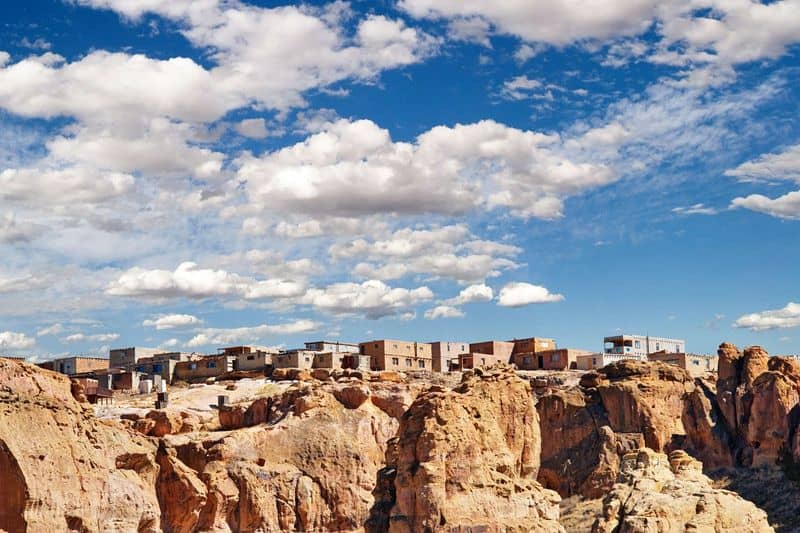
Acoma Sky City, in New Mexico, is one of the oldest continuously inhabited settlements in the U.S.
Known for its traditional adobe architecture, it reflects the resilience of the Acoma people.
The pueblo’s strategic location provided defense advantages and striking views. Each structure holds historical and cultural narratives.
Visitors to Acoma can appreciate its living history, as it continues to be a spiritual and cultural hub for its people.
2. Mesa Verde Cliff Dwellings
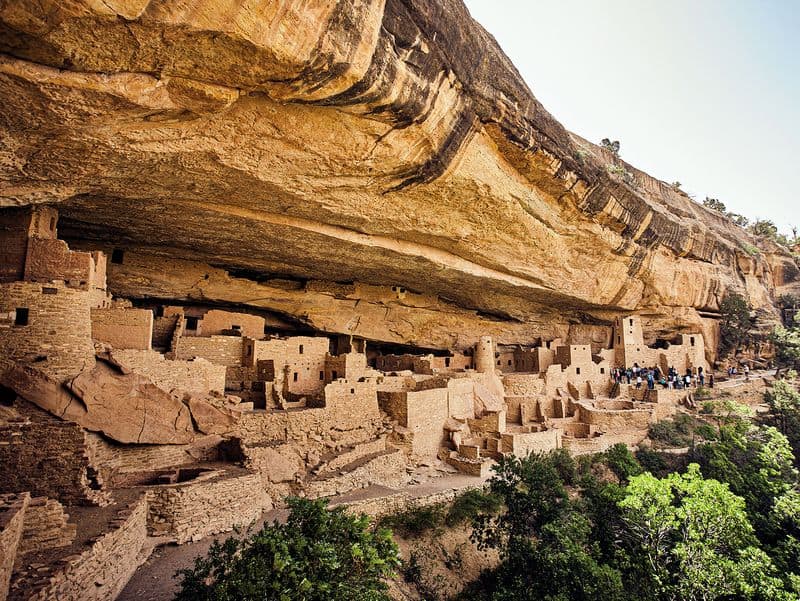
The Mesa Verde Cliff Dwellings in Colorado are a testament to the Ancestral Puebloans’ innovative architectural skills.
Carved directly into cliffs, these dwellings provided shelter and community spaces.
The use of sandstone and other local materials highlights their adaptability to the environment. Each dwelling offers a glimpse into the daily lives of its inhabitants.
As a UNESCO World Heritage site, Mesa Verde is an inspiring example of human ingenuity and a window into a complex cultural past.
3. Taos Pueblo
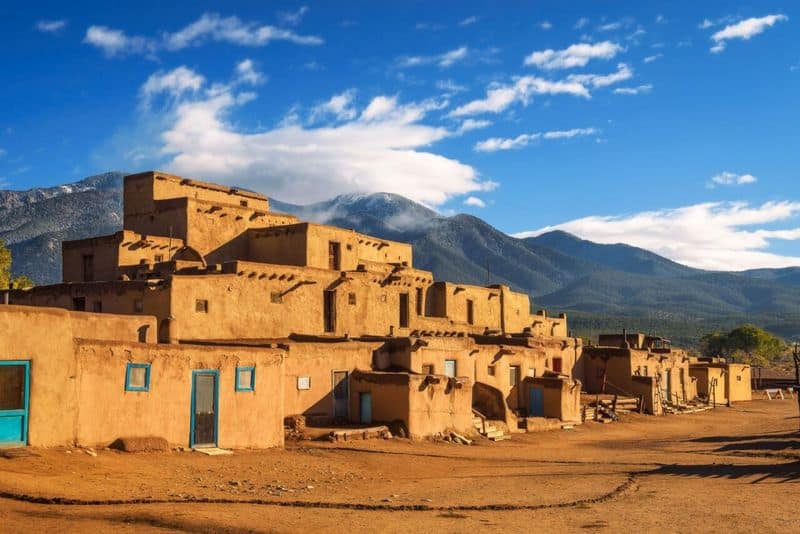
Taos Pueblo, located in New Mexico, is a stunning example of traditional adobe architecture.
This heritage site stands as one of the oldest continuously inhabited communities in the United States, dating back over 1,000 years.
The Pueblo consists of multi-storied adobe buildings, reflecting the ingenious use of natural materials by the Taos people.
Visitors can witness the blend of ancient living traditions and striking architectural beauty.
Its significance stems from its continuous cultural and historical importance to the Puebloan people.
4. Chaco Canyon
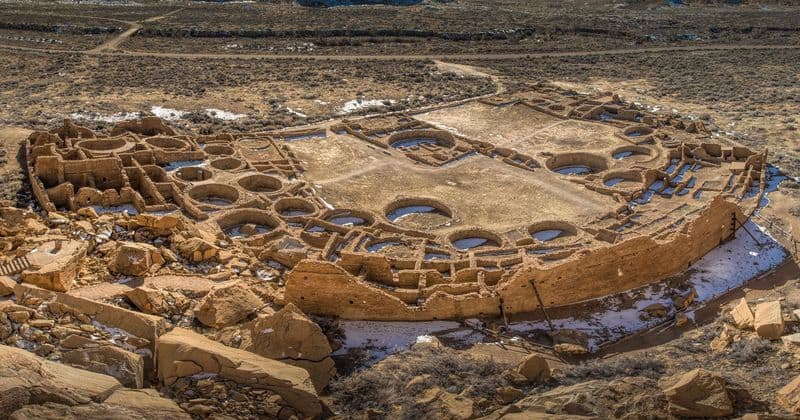
Chaco Canyon in New Mexico is a marvel of prehistoric architecture, once the center of a large Ancestral Puebloan civilization.
Known for its great houses and kivas, it showcases advanced building techniques.
The alignment of structures with solar and lunar cycles reveals the Chacoan’s deep understanding of astronomy. This ancient city’s ruins speak volumes about its former inhabitants.
Chaco’s enduring mystery and cultural significance make it a fascinating destination for historians and tourists alike.
5. Serpent Mound
Serpent Mound in Ohio is an iconic earthwork attributed to the Adena or Fort Ancient cultures. This effigy mound, shaped like a giant serpent, stretches across the landscape.
Its purpose remains debated, but it is thought to have served ceremonial or astronomical functions. The mound’s precise design suggests significant planning and cultural symbolism.
Serpent Mound offers insights into ancient cultural practices and remains a site of intrigue and admiration for visitors and scholars alike.
6. Cahokia Mounds
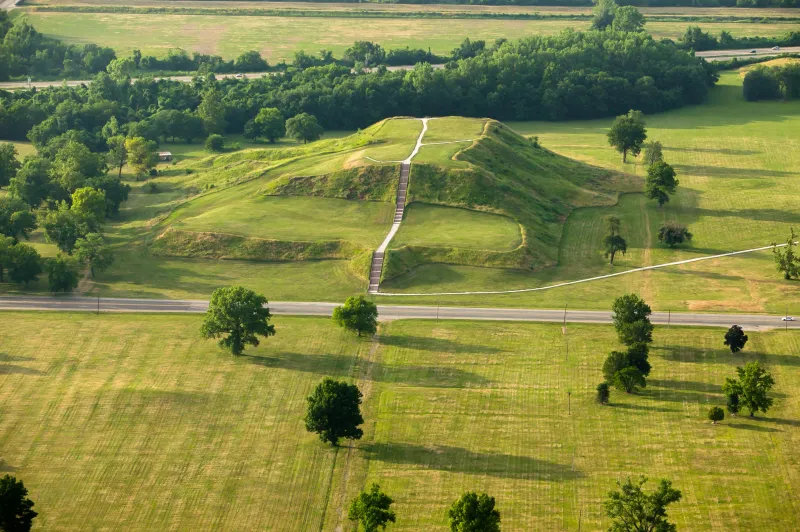
Cahokia Mounds, located in Illinois, represents one of the most sophisticated prehistoric Native civilizations in North America.
At its peak, it was a bustling metropolis for the Mississippians, featuring numerous mounds.
Monks Mound, the largest earthen structure, showcases the engineering prowess of this ancient culture. The mounds served as ceremonial sites and living spaces, reflecting the societal hierarchy.
Today, it is a UNESCO World Heritage site, preserving the legacy and mystery of the Mississippian people.

